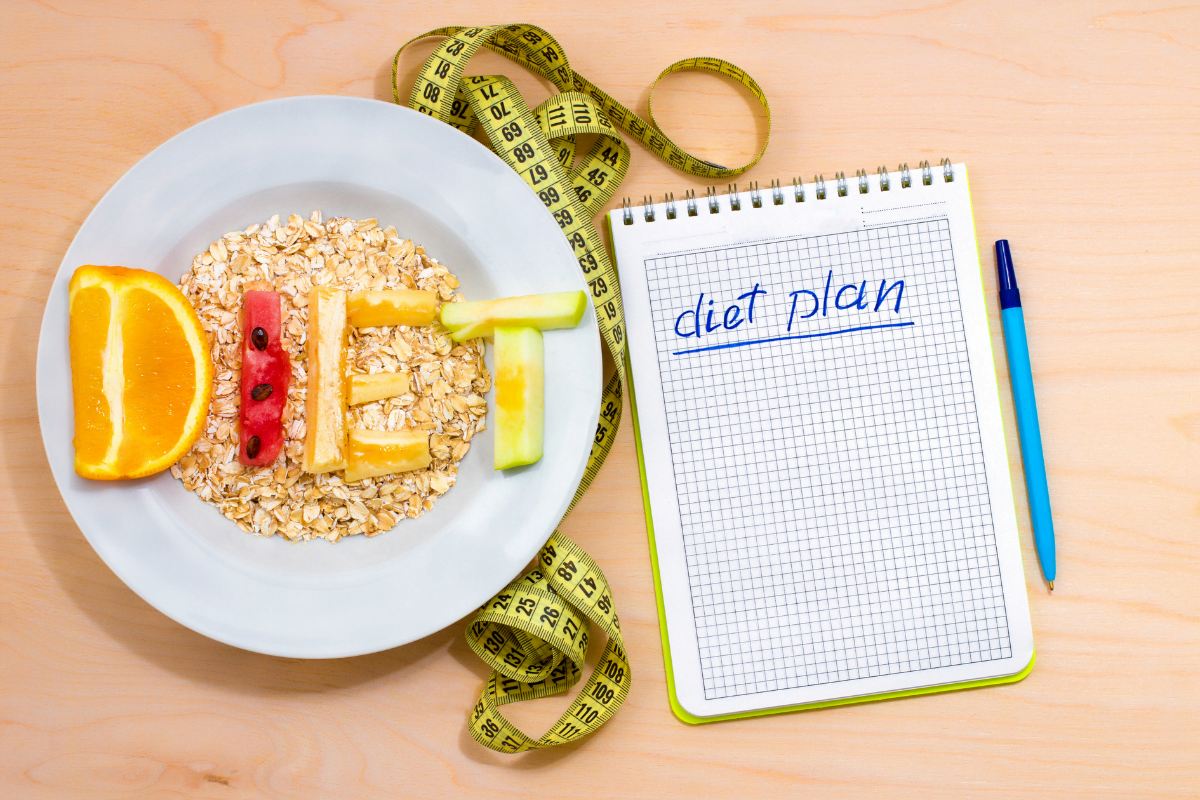Ever wondered how to make your medication work even better? If you’re on Farxiga or thinking about it, here’s a secret: your diet can play a huge role! Let’s discover how to combine your diet with Farxiga for the best results. By making a few simple tweaks to what you eat, you can boost your health and get the most out of your treatment plan. Ready to dive in?
What is Farxiga Used For?
Farxiga, a medication in the SGLT2 (Sodium-Glucose Cotransporter 2) inhibitor class, is primarily used to treat type 2 diabetes. It works by blocking a protein called SGLT2 in the kidneys.
To understand how Farxiga operates, consider your body’s plumbing system. When you eat, food breaks down into sugar, which enters the bloodstream. Normally, the kidneys regulate blood sugar levels by reabsorbing it back into the body. However, in diabetes, this system becomes disrupted, leading to elevated blood sugar levels. Farxiga intervenes by preventing the reabsorption of sugar, effectively acting as a “sugar sponge” that helps eliminate excess glucose through urine.
In practical terms, Farxiga is available in tablet form and is typically taken once daily. Its mechanism of action provides a crucial tool for managing diabetes by reducing blood sugar levels. Incorporating Farxiga into your treatment regimen can enhance your ability to manage your condition and promote overall health.
Guidelines for Diet Modification with Farxiga
A healthy diet is like the fuel for your body, and if you have diabetes, it’s even more important. By making wise food choices and sticking to them, you can maintain stable and balanced blood sugar levels throughout the day. This means choosing foods that won’t cause your blood sugar to spike too high or drop too low.
Now, let’s talk about how to incorporate a diet with your Farxiga treatment.
General Dietary Recommendations
Balanced Diet Principles
A balanced diet is like the MVP (Most Valuable Player) in managing diabetes. It includes a mix of different foods from all food groups, like fruits, vegetables, whole grains, lean proteins, and healthy fats. This helps ensure you get all the nutrients your body needs while keeping and maintaining your blood sugar levels in a stable range.
Portion Control
Controlling your portion sizes is key. It’s not just about what you eat, but how much you eat. Eating too many foods, even the healthy types, can trigger spikes in your blood sugar levels. So, pay attention to portion sizes and aim for smaller, more frequent meals throughout the day.
Importance of Whole Foods
Whole foods are types of foods that are as close to their natural state as possible, like wide varieties of fruits, vegetables, lean proteins, and whole grains. These foods are filled with nutrients and fiber, which can aid in keeping your blood sugar levels steady. Plus, they’re usually lower in calories and processed sugars, making them a healthier choice overall.
Specific Dietary Considerations for Farxiga Users
Managing Carbohydrate Intake
Carbohydrates can have a big influence on your blood sugar levels, so it’s important to manage your intake. Focus on complex carbohydrates, including whole grains, vegetables, and fruits, which digest slowly and lead to a gradual rise in blood sugar levels.
Incorporating Fiber-Rich Foods
Fiber is your friend when it comes to managing diabetes. It slows down the digestion of carbohydrates, which can help prevent blood sugar spikes. Incorporate foods rich in fiber into your diet, vegetables, whole grains, and legumes.
Monitoring Sodium Intake
Too much sodium can trigger elevated blood pressure and increase your susceptibility to heart disease, which is especially important for people with diabetes. Be mindful of your sodium intake by choosing fresh or minimally processed foods and avoiding high-sodium processed foods.
Partnering with Healthcare Providers or Dietitians
Your healthcare provider serves as your guide in managing diabetes. They assess your individual health needs, including any specific considerations related to your diabetes, Farxiga side effects, and the treatment as a whole, to ensure the safety and effectiveness of dietary changes.
Crafting an individualized dietary plan is crucial, recognizing that everyone’s dietary needs differ. This plan is based on your food preferences, lifestyle, cultural background, and health goals.
Your healthcare provider assists in tracking blood sugar levels and other health markers, evaluating how your diet and Farxiga treatment are performing. They’re ready to make adjustments to your eating plan as necessary to improve outcomes and help you reach your health goals. Remember, managing and controlling diabetes is an ongoing journey, and having the support of healthcare professionals or dietitians is invaluable.
Frequently Asked Questions (FAQs)
How rapid is weight loss with Farxiga?
Weight loss with Farxiga can vary from person to person, but some studies have shown an average weight loss of around 5-7 pounds over several months. It is one of the many Farxiga benefits that you can take advantage of. However, individual results may depend on factors like diet, exercise, and overall health.
How much water should you drink when taking Farxiga?
It’s recommended to drink water regularly while taking Farxiga to prevent dehydration, especially if you’re experiencing increased urination. Aim for at least 8 glasses of water a day, but adjust depending on your activity level and climate.
When is the best time to take Farxiga?
Farxiga is usually taken once daily in the morning, with or without food. However, it’s best to follow your healthcare provider’s instructions or the medication label for specific guidance on timing.
Doctor’s Recommendation
To get the best results from Farxiga for type 2 diabetes, it’s important to focus on your diet. Here are some key points to keep in mind:
- Balanced Diet: Eat a variety of foods, including vegetables, fruits, whole grains, lean proteins, and healthy fats.
- Portion Control: Have smaller, more frequent meals to prevent blood sugar spikes.
- Whole Foods: Choose high-fiber foods and avoid processed sugars to keep your blood sugar stable.
- Carbohydrates: Focus on complex carbs like whole grains and certain fruits to maintain steady blood sugar levels.
- Sodium Intake: Keep an eye on your sodium intake to manage blood pressure.
- Professional Guidance: Work with your healthcare provider or a dietitian to create a personalized diet plan. Regularly monitor your blood sugar levels and health indicators to ensure your treatment is effective.
By following these steps, you can manage your diabetes more effectively while using Farxiga.



